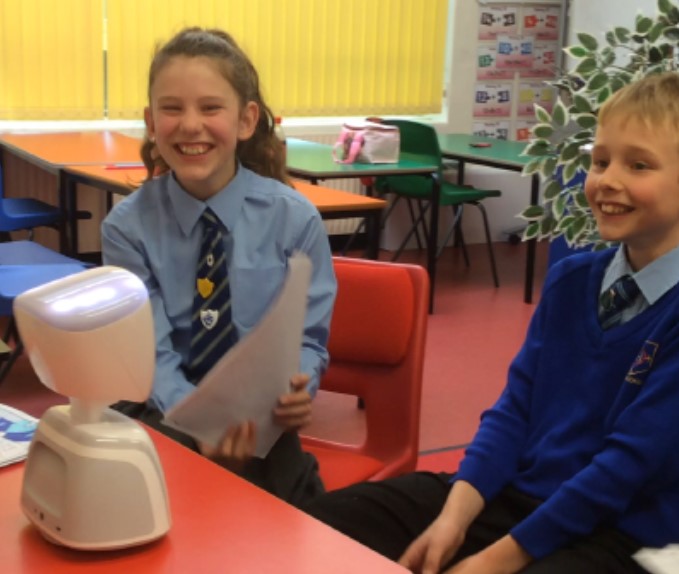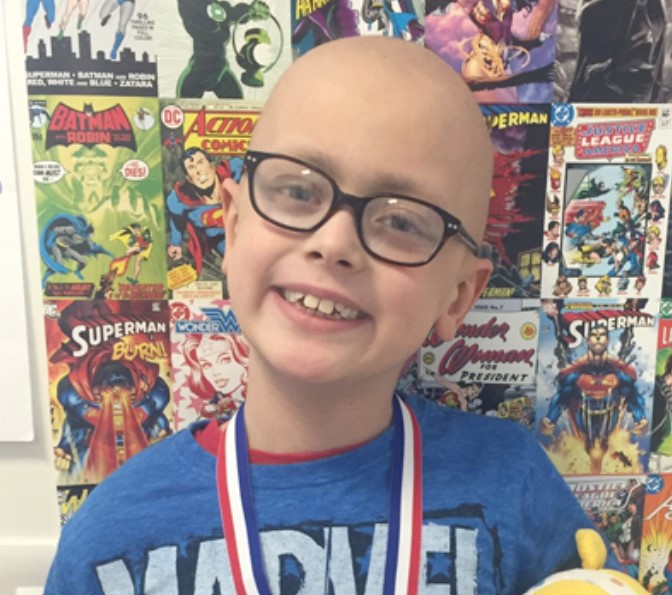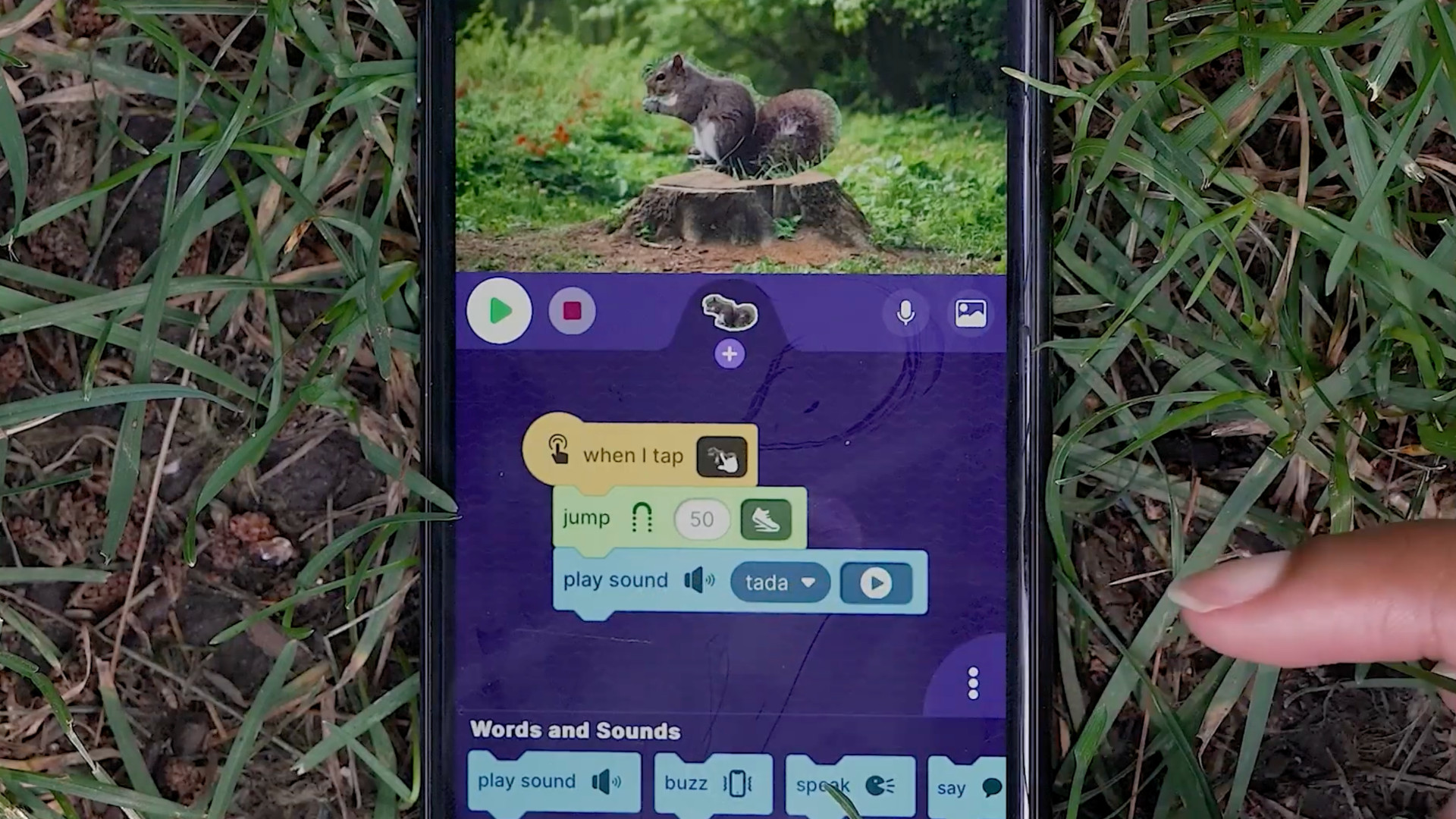BubbleBusters Connects Kids with Illnesses to School
Special Effect and its BubbleBusters program provides access for students with immunodeficiencies via classroom robots

For a child, being isolated can be a tremendous challenge to maintaining positive mental health, even in the best of times. Being away from classmates and outside the classroom can have a big impact on building social-emotional skills, and be a damper on development.
“Right now, with Covid, people are getting a taste of it, but this kind of isolation has been the reality for many students with immunodeficiency around the world, where it is just straight up dangerous for them to be in school,” says Harry Nelson of Special Effect, a UK-based charity that uses video games and technology to enhance the quality of life of people with disabilities. “Dealing with these kids requires a lot of specialized tech and specialized rules.”
Enter Special Effect’s BubbleBusters Pilot Project, in which the organization works with schools and the families of children with immunodeficiency to provide robots to help those students overcome isolation, rekindle friendships, and restore access to education. Each child receives their own AV1 desktop robot, which is placed in their classroom and allows them to safely interact with their teachers, classmates, and others.
“It’s very different from just having a camera or FaceTime in a classroom,” says Nelson. “Having the ability to independently just turn and talk to your friend . . . it seems very small, but it matters. I think of when I was back in school, and the number of times I’d turn to my friend and just share a quick joke or something. Having that physical presence in the room, being able to change the face on the robot to express yourself, with that anonymity, can be very powerful and poignant for a student and their family, and help build confidence.”
Each robot, which can move its head, flash light, and change its facial expression, are little personalities in themselves, says Nelson. Kids are encouraged to personalize their robots, and have used everything from stickers to Star Wars T-shirts.
“Every child we’ve had has named their robot,” says Nelson. “It’s the first thing they do! They all have such wonderful names--there’s one called Enid. Why Enid? There’s just no reason for it, and that’s great.”
Sam

The BubbleBuster project was initiated after Special Effect was contacted by Sam, a young man who was unable to go to school for more than three years due to his ongoing treatments for leukemia. He had seen the work the organization was doing and wanted to help. “We were very moved,” says Nelson. “We thought, ‘That’s fantastic.’”
Tech & Learning Newsletter
Tools and ideas to transform education. Sign up below.
Special Effect founder, Mick Donegan, had seen the AV1 robot and was inspired, realizing that it was an opportunity to have Sam test the technology and to reconnect him with his classmates.
The BubbleBusters project is named in honor of Sam. During his time in the hospital he created Bubble Boy, a comic book superhero version of himself who by day is stuck in isolation but by night, goes out to save the day.
Very sadly, Sam lost his battle against leukemia in November. But his namesake superhero program has gone on to help students across the U.K.
“In the past few months, we’ve done double all of what we’ve done last year,” says Nelson. “We have gone from 10 to about 36 robots, which may not sound like a lot, but at £4,000 a pop, can be quite a lot. And we don’t just give people the robot and say, ‘There you go,’ it’s also full service and support we provide, all at no cost to the students, families, or schools.”
A team effort
With only 34 on staff, it can be daunting for Special Effect to provide the robots and support. Challenges range from getting proper connections through school firewalls to finding access in very rural areas that don’t have any broadband or 5G connectivity. In the past, team members used to drive out to the schools and homes to get everyone set up, answer questions, and make sure the connections were all good. Now, all of that has to be done remotely, which has added extra steps. For example, even the box that the technology is sent in to the homes has to be cleaned and quarantined to ensure safety.
Anything with a camera in a classroom involves questions around student privacy, so those issues need to be addressed. The robot is specifically designed to go directly into schools, so each one can only connect with one tablet, and the video is ever only a live stream that is unable to be recorded.
In addition to class, students are encouraged to use the robot at break times to build social skills. “The social concern is often the biggest concern of the parents,” says Nelson. “They can buy a few textbooks and muddle through at home, but you can’t buy a childhood chatting to friends. The robot allows you to be there for your childhood and have those moments with your friends where you are cracking jokes during breaktime, and you’re talking and learning, and annoying on another and having a laugh and doing all the things that kids do.”
Ray Bendici is the Managing Editor of Tech & Learning and Tech & Learning University. He is an award-winning journalist/editor, with more than 20 years of experience, including a specific focus on education.
